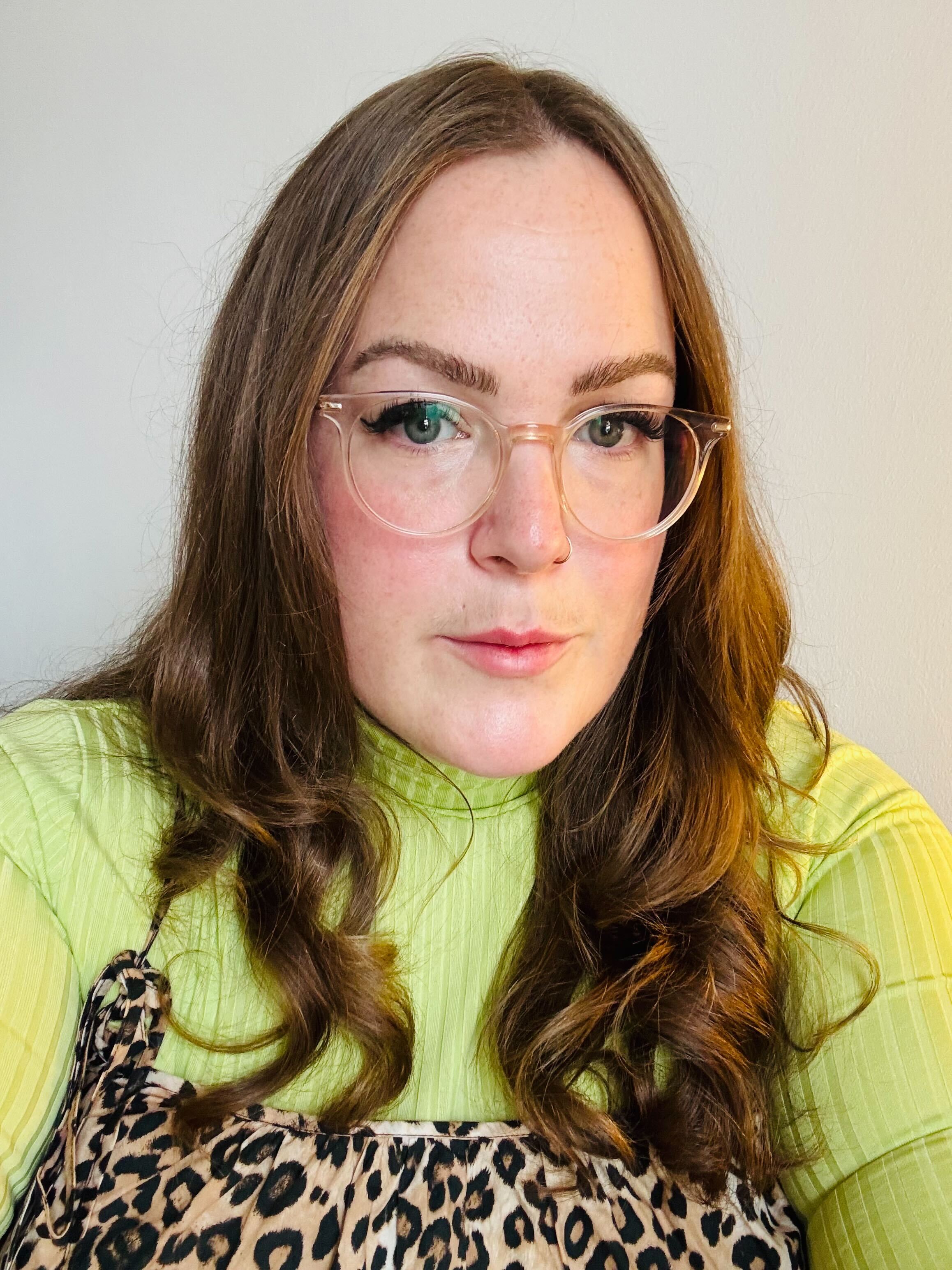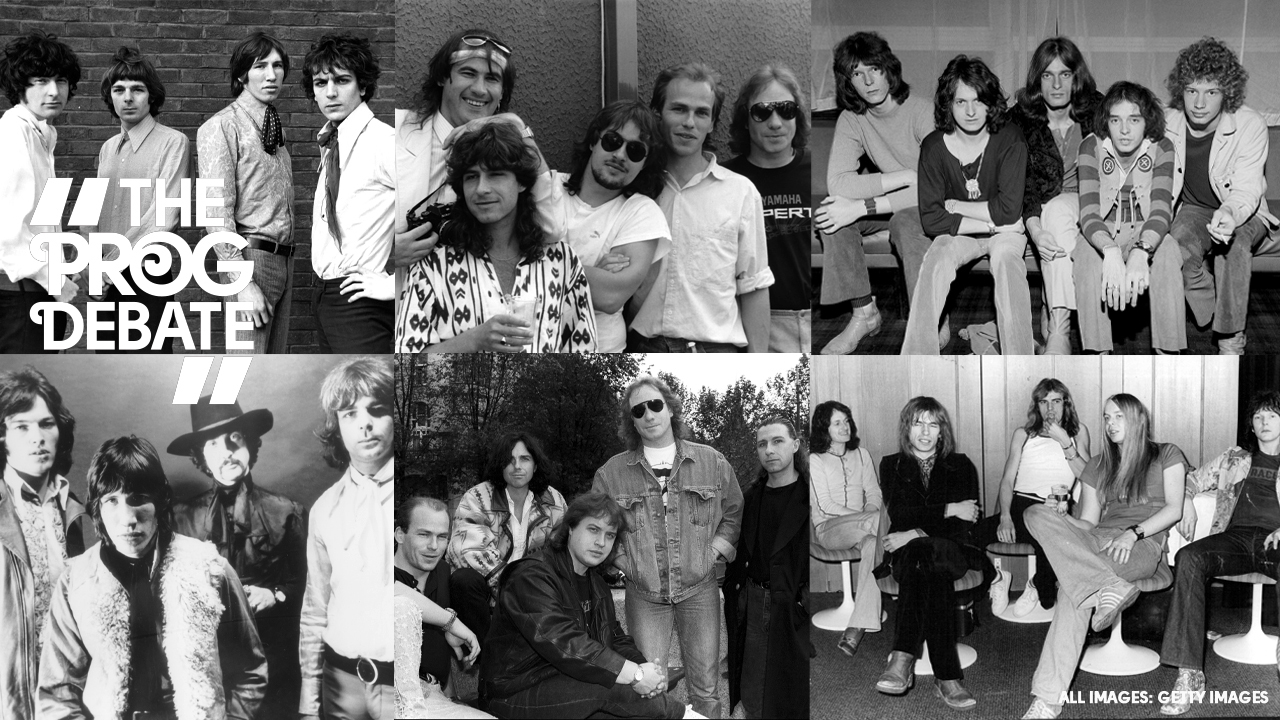The 10 best Hüsker Dü songs written by Grant Hart
Bob Mould was Husker Du's principle songwriter, but many of the band's finest moments came from drummer Grant Hart, a man with a gift for writing melodies that carved through the noise

Bob Mould, Hüsker Dü’s chief songwriter, singer and de facto leader would no doubt delight in the knowledge that for many, the band’s name is synonymous with his own. But to ignore the part played by his bandmates, particularly drummer and co-founder Grant Hart, is to ignore a huge part of the band’s legacy – including everything from their first single to their biggest hit. Though healthy competition between the two ultimately spiralled into bitter infighting which would tear the band apart, these inter-band tensions helped, for a while, to create some of the band’s best ever music as Hart and Mould entered into a game of musical one-upmanship. And so we present the best Hüsker Dü songs written by Grant Hart…
STATUES (Hart, 1981) The band’s first single, Statues was released at a time when Hüsker Dü were struggling to pin down their sound. Though it shows an interest in experimentation that would follow the band through each stage of their career, the almost nine minutes-worth of Krautrock inspired, Keith Levine-esque guitar is far removed from the boisterous hardcore that followed in its wake. Borrowing heavily from Neu! and PiL, it hints at Hart’s aptitude for a scribbling out a catchy tune – an ability that would later help to shape the band’s signature brand of melodic punk rock.
DON’T WANT TO KNOW IF YOU ARE LONELY (Hart, 1986) Arguably Hüsker Dü’s biggest hit, that this was the most popular song from the band’s major label debut would have significantly rankled Bob Mould, not least as it was released as an increasingly destructive creative partnership between the two developed. A sophisticated pop punk masterpiece, this song laid a blueprint for hundreds of aspiring punk rockers to follow – including future millionaires Green Day, Foo Fighters and Blink 182.
PINK TURNS TO BLUE (Hart, 1984) By the time Hüsker Dü released Zen Arcade, Hart’s credentials as an accomplished pop songwriter were already solid. Here, his ability to marry the dark subject matter of a young woman suffering a fatal overdose with sweet but melancholic melodies provides a sobering counterpoint to his whimsical, 60s-influenced love songs. Foreshadowing Hart’s own struggles with substance abuse, the song isn’t without its own sense of tragic irony.
GREEN EYES (Hart, 1985) While Hart and Mould both developed a taste for bitter break up songs and damning shuns, it was Hart who truly nailed the wide-eyed love songs. This innocent account of Hart just being super into his companion shimmers under its lush, 60s-inspired harmonies, and includes some of his most sweetly heartfelt lyrics: What makes them sparkle/What makes them shine/What makes those eyes of yours look into mine?
NEVER TALKING TO YOU AGAIN (Hart, 1984) Zen Arcade was Hüsker Dü’s magnum opus, an experimental melting pot of hardcore, folk, psychedelia and pop that spanned 70 minutes and four sides of vinyl. These two minutes of fast-paced acoustic strumming, nestled between two angst-ridden Mould tracks, might have seemed out of place, but this concise, stripped-back statement of intent works as a cheeky counterpoint which will trip you up and out of those epic proceedings, before swallowing you back into them on the other side.
DIANE (Hart, 1983) Covered by Therapy? in 1995 (their version made it to No.26 in the UK charts, far outstripping the success of the original), Diane was an early college radio stand out track. Its rumbling, haunting punk rock caught the attention of campus DJs and students across America, solidifying Hüsker Dü’s place in the emerging college rock alumni. Detailing the brutal 1980 murder of Minnesota waitress Diane Edwards, its sinister subject matter was at odds with Hart’s hippy reputation.
The latest news, features and interviews direct to your inbox, from the global home of alternative music.
THE GIRL WHO LIVES ON HEAVEN HILL (Hart, 1985) New Day Rising is the record on which Hart and Mould began in earnest to develop distinct sounds, and Girl Who… is an excellent example of this divide, with its glorious pop punk standing slightly at odds with Mould’s emerging alt.rock leanings. While it’s widely considered to be a straightforward love song, considering that Heaven Hill was a brand of bourbon popular at the time, many have insisted it should instead be read as Hart’s lament to his own tumultuous relationship with alcohol.
- Husker Du’s Grant Hart dies at 56
- Buyer's Guide: SST Records
- The 10 best songs by The Replacements, by Laura Jane Grace
- Read Classic Rock, Metal Hammer & Prog for free with TeamRock+
SHE FLOATED AWAY (Hart, 1985) Embracing his hippy reputation with full force, Hart uses this track to indulge in obscure instrumentation (wood blocks and wind pipes on a punk song?) and whimsical tales set against a psychedelic backdrop. Warehouse: Songs And Stories contained more of Hart’s songs than any other (9 in total), though Mould commanded the lion’s share. Unfortunately Warehouse… would mark the end of the band’s recording career together, as personal struggles gripped Hart while his relationship with Mould disintegrated entirely.
SOMEWHERE (Hart/Mould, 1984) Though technically Mould did write this song, he didn’t do it alone, and it bears mention as a Hart/Mould co-write is a relative rarity in the Hüsker Dü back catalogue. Taken from 1984’s Zen Arcade – and a time when the pair were still amicable enough to share writing credits (this wouldn’t last for much longer) – this short but sweet slice of energetic punk rock ends with backward tape loops of guitar, mimicking the earlier psychedelic techniques used in Dreams Reoccurring.
FLEXIBLE FLYER (Hart, 1985) As their brotherly rivalry threatened to tip over into something more sinister, Hart and Mould’s songwriting styles flourished as they competed to outdo one another track by track. While it ultimately wrecked their relationship, Flip Your Wig is the album that really bore the fruits of this conflict – and is considered by Mould to be the band’s best. Hart’s wistful, melancholic brooding on this track marks it as one of FYW’s stand outs.
Bob Mould: "I wanted Husker Du to be the best band in the world"
Briony is the Editor in Chief of Louder and is in charge of sorting out who and what you see covered on the site. She started working with Metal Hammer, Classic Rock and Prog magazines back in 2015 and has been writing about music and entertainment in many guises since 2009. Her favourite-ever interviewee is either Billy Corgan or Kim Deal. She is a big fan of cats, Husker Du and pizza.

